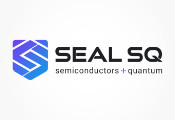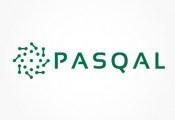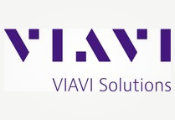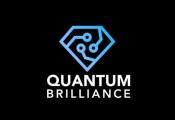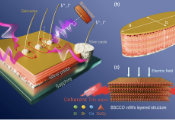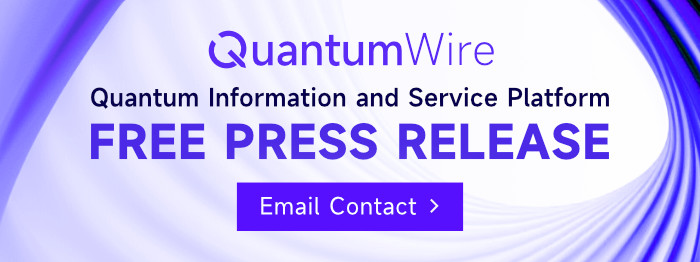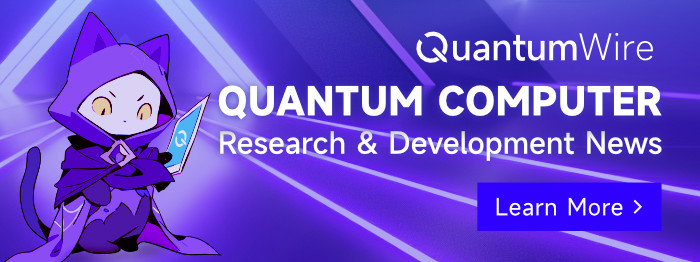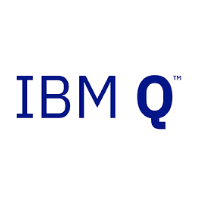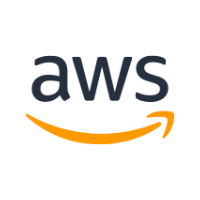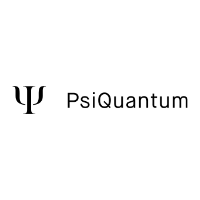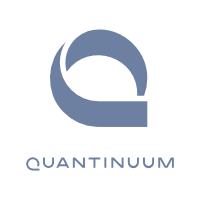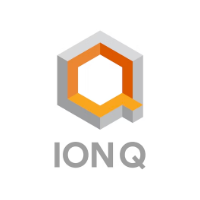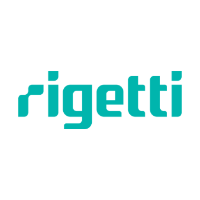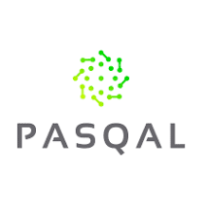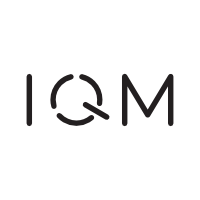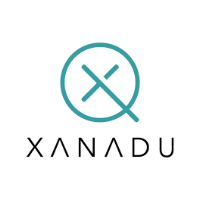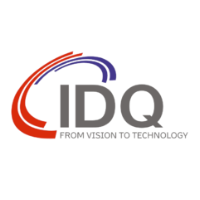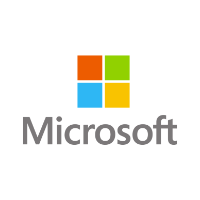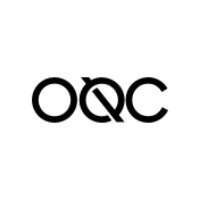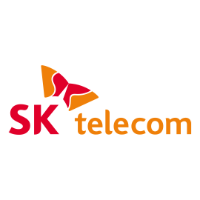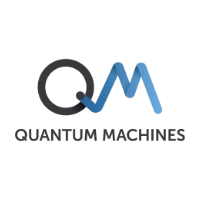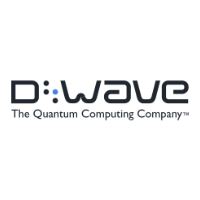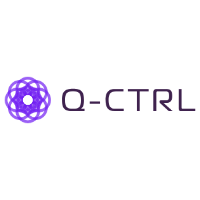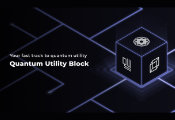ETSI/IQC Conference: Migrate Now to Post-Quantum Cryptography
Sophia Antipolis, France, 6 June 2025 -- With nearly 50% growth in attendance and twice as many submissions to the call for presentations over the past two years, the ETSI and the Institute for Quantum Computing (IQC) Quantum Safe Cryptography Conference joint event was a tremendous success.
Hosted by the Universidad Politécnica de Madrid (UPM), this high-level event brought together the full spectrum of the quantum ecosystem from government officials and financial institutions to telco industry, researchers, and innovative Small and medium-sized enterprises (SMEs).
Designed for all stakeholders with a stake in cryptographic standardization, the event showcased both the most recent developments from industry and government and innovative solutions coming out of the latest research studies.
With opening remarks from UNESCO (in honour of the Year of Quantum) and the keynotes from the European Commission, four panels during the executive tracks, technical presentations and 20 posters to illustrate real case deployments in diverse sectors, the conference offered a perfect opportunity for executive and technical experts to network, learn and anticipate their post-quantum safe cryptography transition.
Presentations included quantum policies in Canada, France, the UK and the EU, and a lot of efforts to coordinate and increase collaboration are underway.
From managed services like secure connectivity to retail offerings such as quantum-safe cloud networking, providers are embedding quantum‑safe capabilities across their portfolios. But if post-quantum cryptography has become a mature technology, there is nevertheless a need to raise awareness of quantum safety, focusing on managing risks.
“This year’s conference confirmed that governments and commercial entities have both begun to prioritize the upgrade to quantum safe security platforms” noted Mark Pecen, former Chair of the ETSI Quantum‑Safe Cryptography working group.
All industries need to adopt post-quantum cryptography to mitigate the risk of a quantum computer and AI is accelerating the urgency for quantum-safe cryptography.
Another key take away was to focus on educating the market, since despite the growing urgency, many customers remain unaware of the quantum threat. But education is also required for people installing, operating and maintaining the Over The Top networks, essential for Critical Infrastructures, these people need to be educated on the quantum threat, which is not yet their priority.
During the conference, a clear message emerged: it is now time to act in building cryptographic resilience to protect our digital future by upgrading to quantum safe security platforms. To achieve this goal, interoperability of quantum safe security solutions through strong and reliable standards is crucial. Join us in these efforts!


